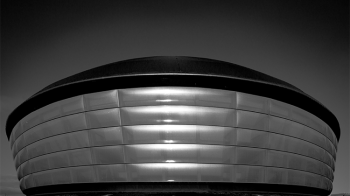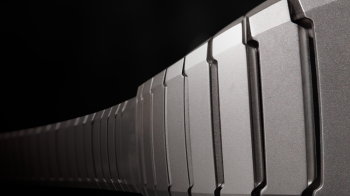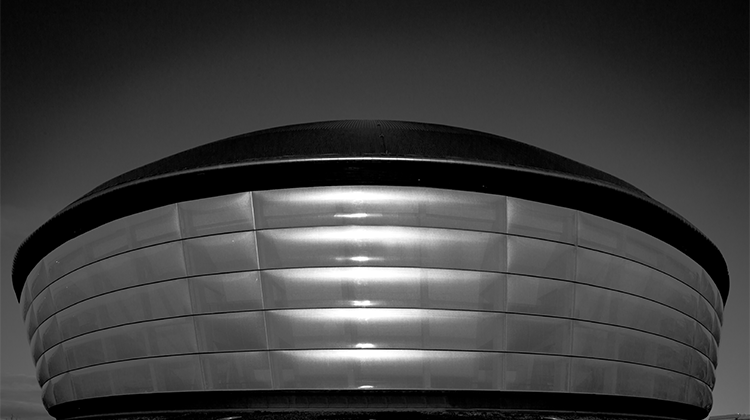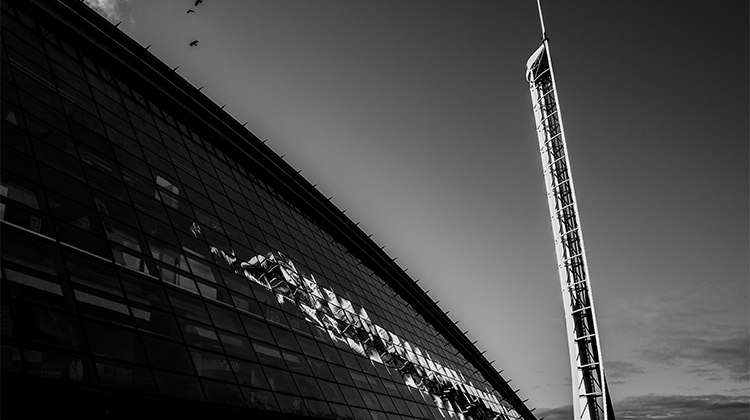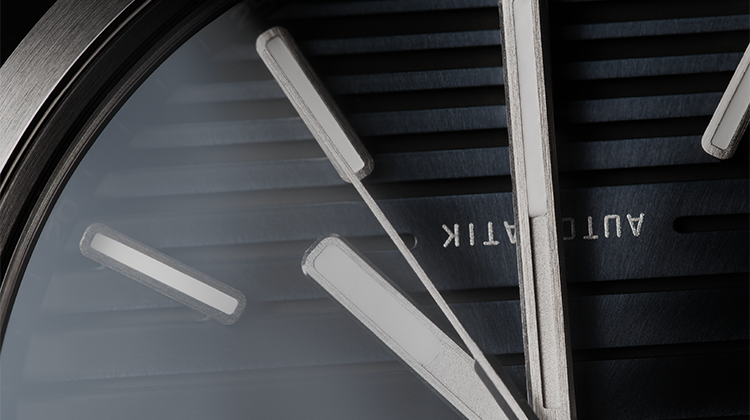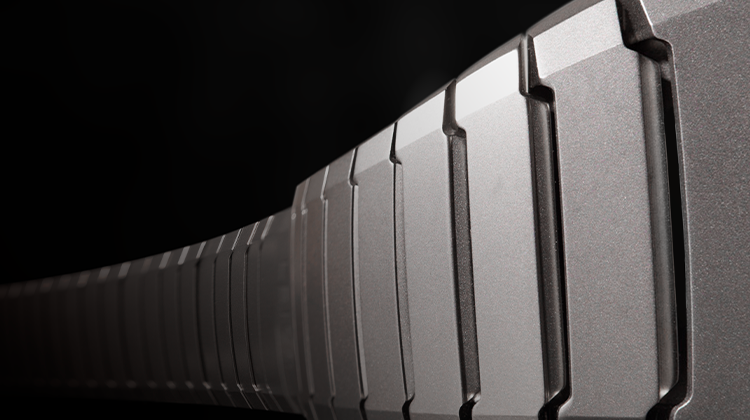Two years ago, over dinner, a friend asked me what I thought of Leica watches. Being preoccupied with taking an artistic low-angle shot of my rack of lamb (I was trying to get them to stay upright and parallel, but they kept collapsing into the broccolini and making a mess), I was unable to respond with the level of intelligence this question deserved. “Leica?” I mumbled distractedly, whilst moving the table lamp around to throw more light on the herb crust. “They make cameras, don’t they? You mean they make watches too?”
I recognise the situational symmetry of discussing Leica watches whilst photographing (or attempting to, at least) my dinner. Food photography has something that most other types of product photography do not — the temporal element. Gravy congeals, meat dries out, salads droop, ice cream melts, champagne loses its fizz. Lighting, angle, styling, all that stuff is important in food photography too, but more than anything else, time is of the essence. Especially if, like me, you’re planning on eating what’s on the table. I could sense the lamb judging me that evening, probably miffed that it had sacrificed its life to grow cold on the plate whilst I ineptly adjusted the exposure settings on my iPhone camera. “That is far from a good photo, Suzanne,” I practically heard the lamb bleat at me. “In fact, it is very, very baa-aa-aad.”
Fortunately, there are others in this world with vaster talents than mine, especially in the areas of photography and timekeeping. Fast-forward six months, and I found myself seated in the Leica boutique in downtown Geneva, staring down a loupe at the ZM 1 and ZM 2, the first two models in Leica’s fine watchmaking collection. The level of detail in these watches was impressive, especially coming from a company that had never made any serious incursions into the horological field before. You could tell immediately that they had a different approach entirely to product design, in the way that they deviated from the watchmaking norms of crown function and operation, for example. But they also had an uncanny sense for dimension and form that you usually see only in watchmaking houses with decades (if not centuries) of experience. That day, they told me: “Wait six months. We have something else coming that we think you’ll like.”
That “something else” was the ZM 11, which I had the opportunity to discover at Wetzlar, Leica’s headquarters in Germany. Leitz Park, as the company compound is called, consists of several buildings whose design take inspiration from camera components — a tiered, cylindrical structure resembling a lens; the black-framed panels of curved glass wrapping around the façades like an unspooling reel of film. It got me thinking about the link between architecture and watchmaking. In my product analyses, I talk a lot about “movement architecture” and “case construction”, verbal formulations that borrow from the lexicon of architecture. What about doing a photographic study of the ZM 11 and its exploration of light, volume and texture, much in the same style as an architecture monograph?
We tend to look at a watch (and a building) as a whole object, and this is a perfectly valid approach, but I have always been more drawn to a focused perspective. Four months after getting to know the Leica ZM 11, we met again in Glasgow to execute the idea that had first come to me in Wetzlar. My photographic skills being what they are, I made the wise choice to lean on the expertise of Andy Barnham, an award-winning British photojournalist.
Juxtaposed against some of Glasgow’s finest examples of modern architecture, we saw the ZM 11 in a new light, its sensitivity to dimension and space revealed through Andy’s macro camera lens. The buildings we studied have been hailed as icons of Glasgow’s contemporary landscape; they have established an enduring legacy in the city’s urban fabric, a legacy which the ZM 11 will one day come to possess in its own domain. Perhaps one day, because of the ZM 11, a hapless watch nerd will respond in genuine confusion to a simple question from a friend: “Leica? They make watches, don’t they? You mean they make cameras too?”


